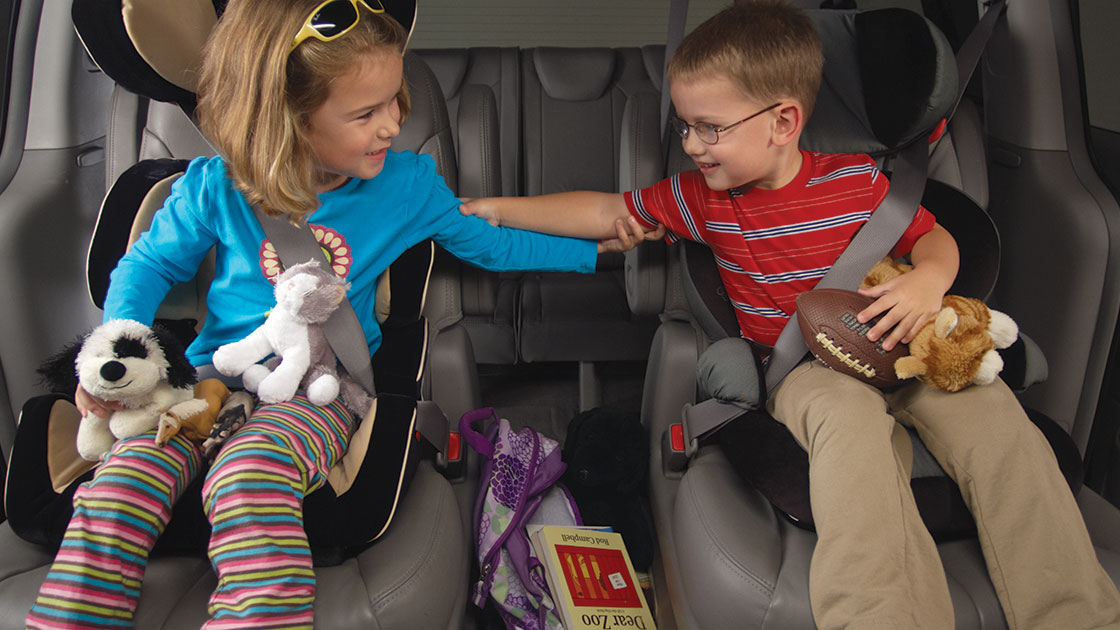Back seats also should have belt reminders, parents say
January 24, 2013

More than three-quarters of drivers surveyed by the Institute in a new national poll would support belt reminders that alert them when children in back seats aren't buckled.
MAP-21, the 2012 highway reauthorization law, requires the National Highway Traffic Safety Administration (NHTSA) to begin rulemaking to require rear belt reminders, which few vehicles have. Only 3 percent of 2012 models had reminder systems for back-seat passengers. The low rate of adoption may be due to inherent technological challenges of sensing rear-seat occupants. Rear reminders must accurately distinguish between people, children in child restraints, animals and cargo and may be prone to false warnings.
Researchers surveyed 254 drivers who regularly transport an 8-15-year-old child in the back seat. This group is a subset of 1,218 people the Institute polled about in-vehicle technologies to increase belt use.
Nearly all drivers said their children use belts in the back seat, and 82 percent said they want their vehicle to alert them when their child isn't buckled. Among this group, more than 4 out of 5 drivers want a visual diagram of seating positions showing corresponding belt use or a visual warning light or text display. More than three-quarters said they want a chime or buzzer. The majority said the rear reminder should last indefinitely until children are belted.
"Rear-seat reminders also would help in cases where parents don't realize that their children have removed their safety belts during the trip," says Anne McCartt, Institute senior vice president for research and an author of the report.
"Although somewhat more drivers said they want visual reminders than want auditory ones for rear seats, automakers may want to incorporate both types of alerts into their systems. Visual reminders could be easy to overlook with all of the other things competing for a driver's attention."
Guidelines for rear-seat belt reminders under the European New Car Assessment Programme require a continuous or intermittent reminder with a visual signal lasting at least 30 seconds at the start of a trip and an auditory and visual signal when a rear belt is unbuckled during the trip.